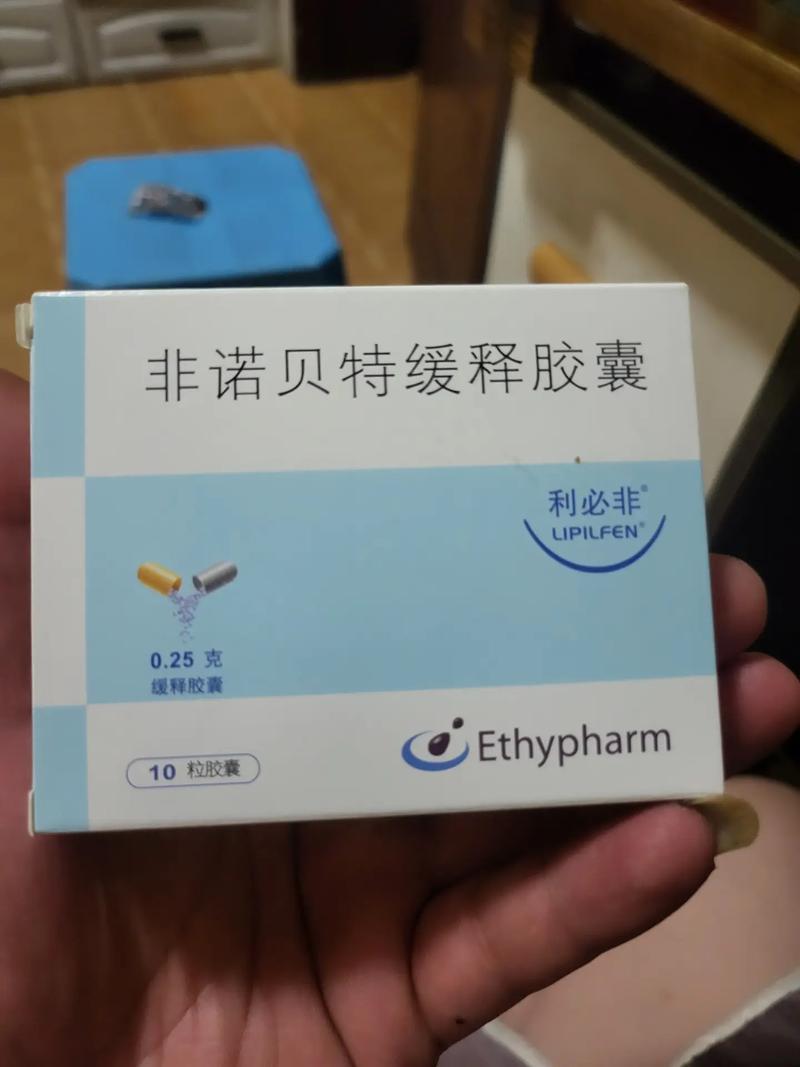Understanding ETH Drug Delivery: A Comprehensive Guide
ETH drug delivery, a term that has been gaining traction in the pharmaceutical industry, refers to the innovative method of delivering medications using ethosomes. Ethosomes are nano-sized vesicles that encapsulate drugs, offering a unique approach to drug delivery. This article delves into the intricacies of ETH drug delivery, exploring its benefits, mechanisms, and applications.
What are Ethosomes?
Ethosomes are lipid-based vesicles that are composed of phospholipids and ethyl alcohol. These vesicles have a unique structure that allows them to encapsulate drugs and deliver them to specific sites in the body. The ethyl alcohol in ethosomes helps in enhancing the permeability of the skin, making it an effective method for transdermal drug delivery.

How do Ethosomes Work?
The mechanism of action of ethosomes involves several steps. Firstly, the ethyl alcohol in ethosomes increases the permeability of the skin, allowing the vesicles to penetrate deeper into the tissue. Secondly, the vesicles encapsulate the drug, protecting it from degradation and ensuring its controlled release. Lastly, the drug is released from the vesicles at the target site, providing effective therapy.
Benefits of ETH Drug Delivery
ETH drug delivery offers several advantages over traditional drug delivery methods. Some of these benefits include:
| Benefits | Description |
|---|---|
| Improved Bioavailability | Ethosomes enhance the bioavailability of drugs by ensuring controlled release and minimizing first-pass metabolism. |
| Targeted Delivery | Ethosomes can be designed to deliver drugs to specific sites in the body, reducing side effects and improving efficacy. |
| Reduced Side Effects | Ethosomes minimize the systemic exposure of drugs, thereby reducing side effects. |
| Enhanced Permeability | The ethyl alcohol in ethosomes increases the permeability of the skin, allowing for effective transdermal delivery. |
Applications of ETH Drug Delivery
Eth drug delivery has a wide range of applications in the pharmaceutical industry. Some of the key applications include:
-
Transdermal Delivery of Analgesics: Ethosomes can be used to deliver analgesics like diclofenac and tramadol, providing effective pain relief.

-
Topical Delivery of Antifungals: Ethosomes can be used to deliver antifungals like clotrimazole and ketoconazole, offering an effective treatment for fungal infections.
-
Transdermal Delivery of Antivirals: Ethosomes can be used to deliver antivirals like acyclovir, providing an effective treatment for viral infections.
-
Topical Delivery of Antihistamines: Ethosomes can be used to deliver antihistamines like cetirizine, offering relief from allergic reactions.
Conclusion
Eth drug delivery is an innovative and promising approach to drug delivery. With its unique structure and mechanism of action, ethosomes offer several advantages over traditional drug delivery methods. As research in this field continues to advance, we can expect to see more applications of ethosomes in the pharmaceutical industry, leading to improved patient care and treatment outcomes.
